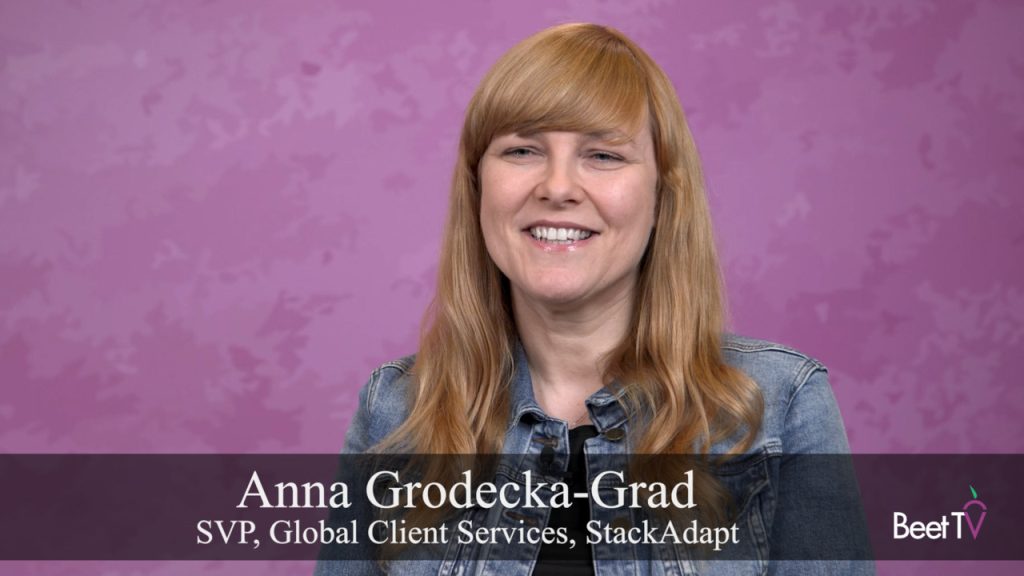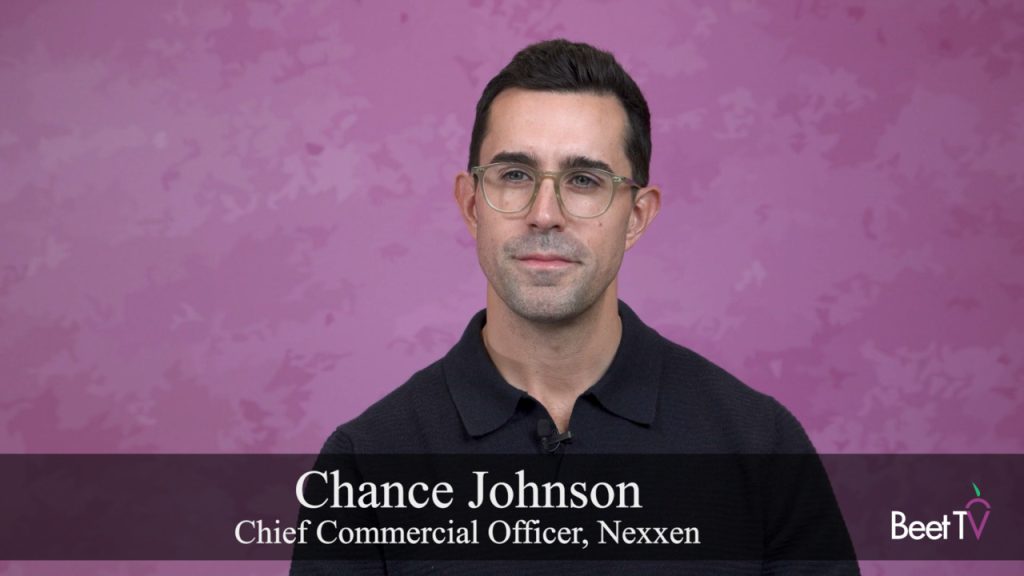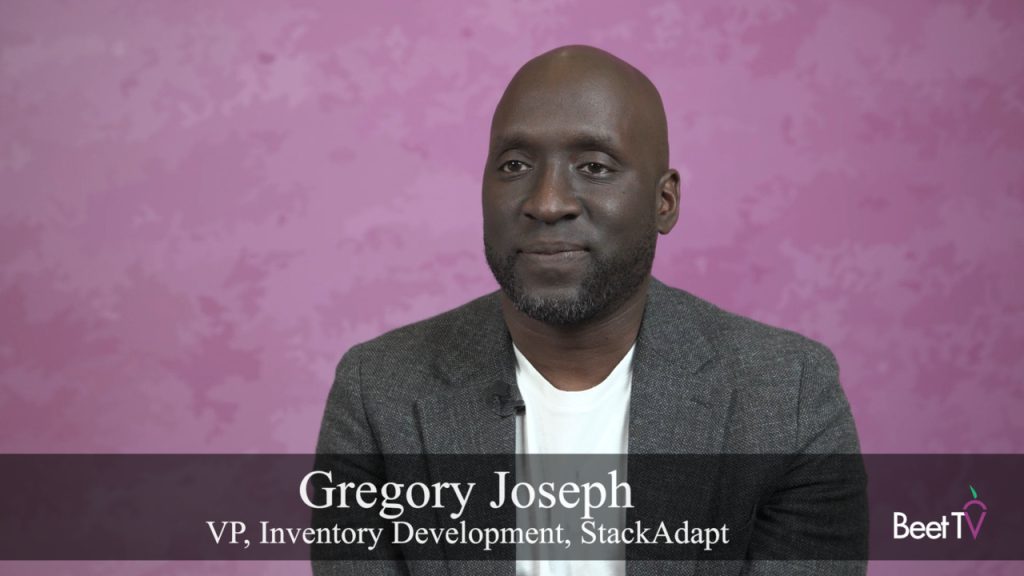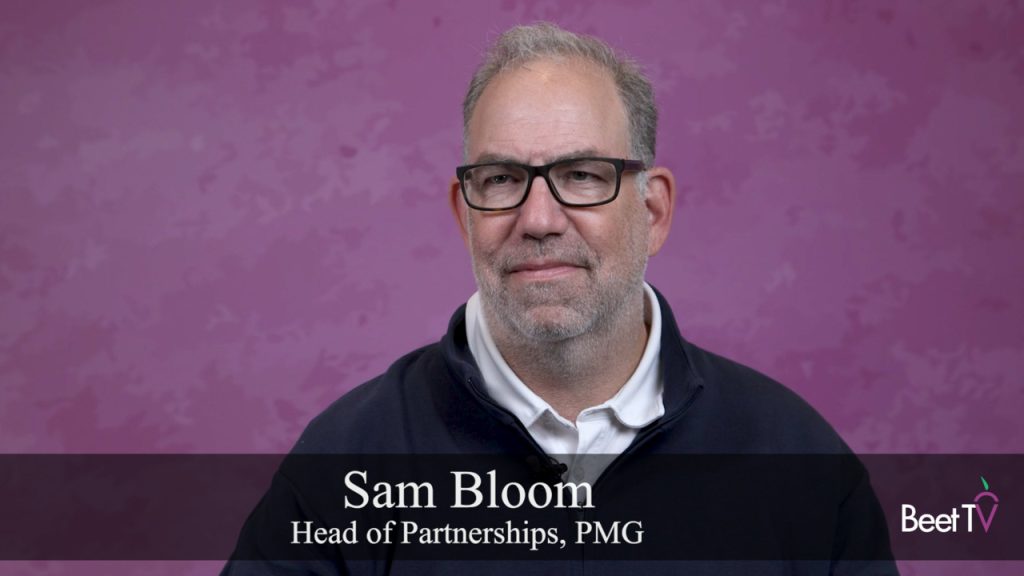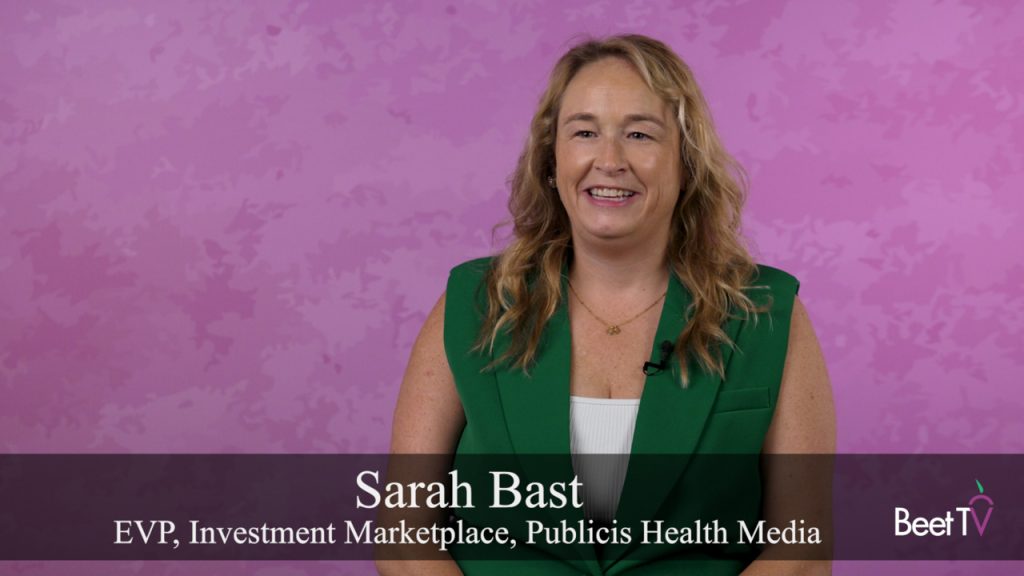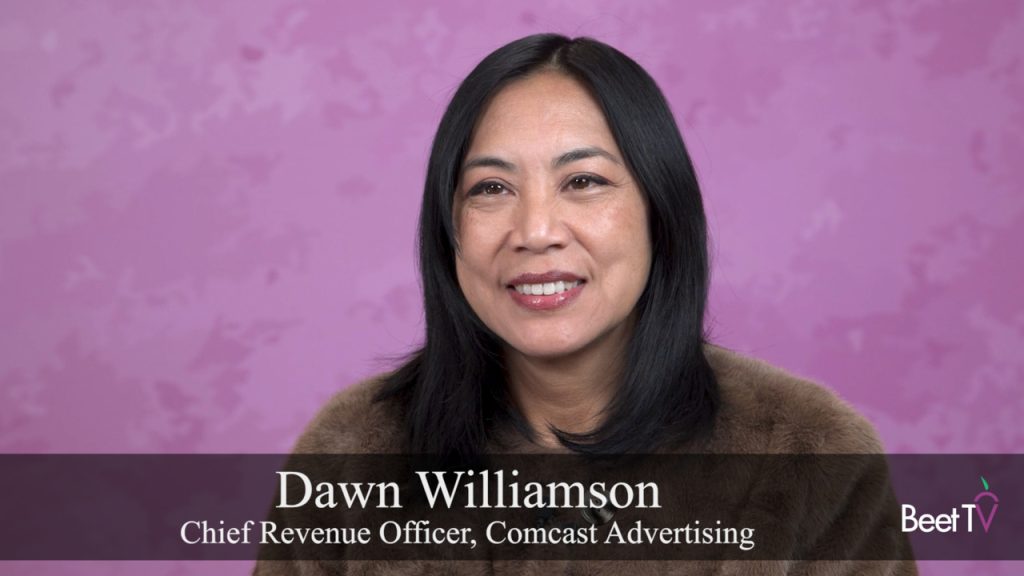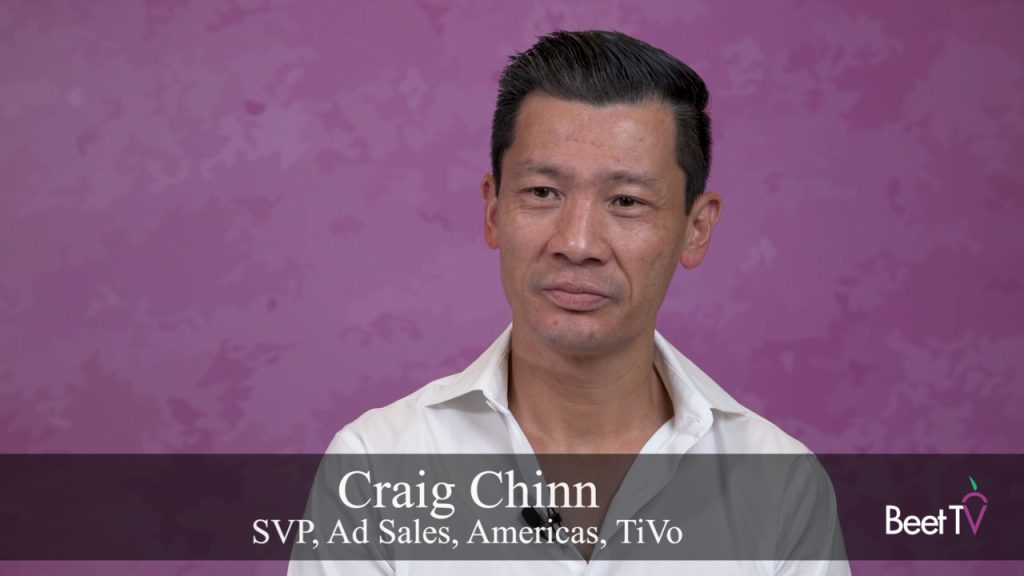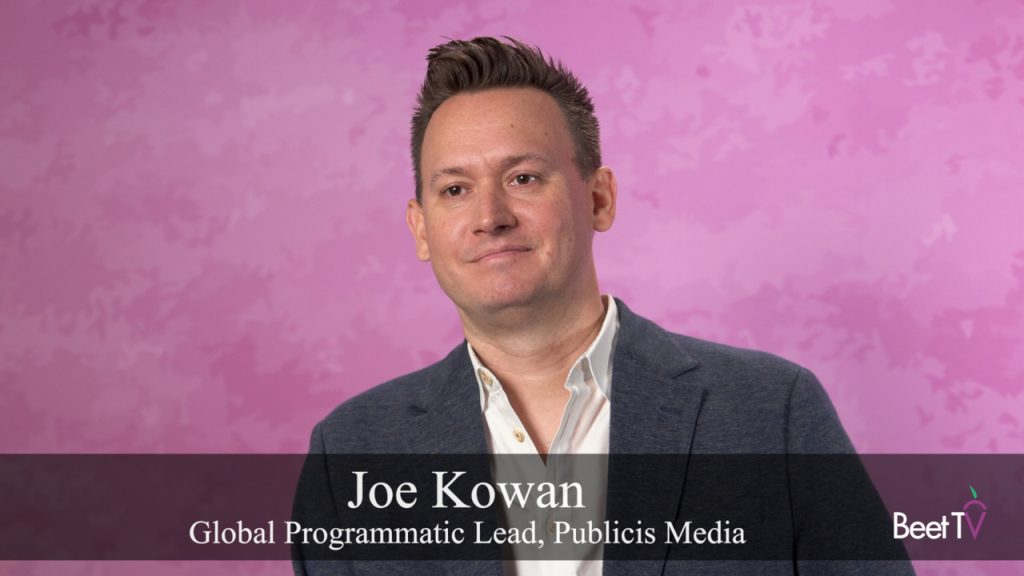Here’s Fred McIntyre who heads AOL video. He outlines the fundamentals of search and the implementation of search technology at AOL. It a really informative interview.
Well, we all have to get our hands around effective video search. It’s key. So, I wanted to share my article from this week’s PR Week about effective online video production and search.
Web videos are attainable for all
There’s been a lot of buzz about experimentation with viral videos, dedicated YouTube channels, user-created ads, and mash-ups of all sorts.
Corporate executives are all in a lather over how to "catch the wave" of online viral videos to communicate with new audiences. There have been some successes and some monumental failures.
The real opportunity for corporate communications professionals is to make informational videos about their companies that will be seen by a targeted and growing audience.
OK, so how will these videos be seen? How can you connect the video and the audience? Although you can "push" these videos directly through e-mail or have them on a corporate site, the most powerful way to have them be discovered is through a search.
Sure, some people subscribe to RSS feeds or bookmark pages. But the fact is that most people don’t wait around to refresh their browsers on the news page of a corporate site. Most discover stuff on the Web by search.
Video clips are not searchable, per se, but the text appearing on the page where the video resides is searchable. If you create a video clip on, say hair color, and place it on a page and provide descriptive commentary, Google and the other search engines will find the relevant page where your video is. Bingo, you have searchable video.
Some Web pages have more "Google juice," meaning their content is maximized and come up higher in searches. There are many search maximization tools and services.
I have found that the most effective way to make videos searchable is to put them on a blog. If a blog is updated regularly and has established cross links, searchability can be high.
The important thing is to think video. Just as you worked with text and photos and PowerPoint, you can create your own video. It’s not as complicated or expensive as you might think.
Video allows many things, from providing a speaking platform for executives to video "story telling" about a new product or service. For many executives who are trained to sell and manage, video can be a very powerful communications platform.
These are not VNRs. They don’t need to be slick or overproduced. They can be created entirely in-house with modest investments in equipment and training.
Making sure the light is OK and using an external microphone for good sound quality is critical.
Editing is also easy. Virtually all Windows machines have a very basic editing program called Movie Maker. Mac’s have iMovie. Edited files can be uploaded to video sharing sites like YouTube, Brightcove, Blip.TV, and many others. These services create a Flash video file that can be easily placed on a Web page or blog.
Entering search terms around the clip takes a bit of technique. But don’t be overly concerned with what you say, just explain what is being seen in the video on the page. I would use from 100 to 200 words in your commentary.
You will be surprised how many people will discover and watch your videos, found through a search. The tools are inexpensive and easy to use. There is no reason not to jump right in.
— Andy Plesser








